Living Planet
Nature · Earth · ClimateNature Notes: May 2022
HEAVEN AND EARTH
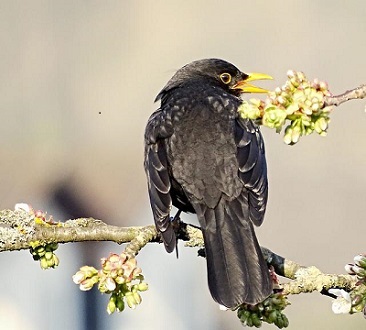
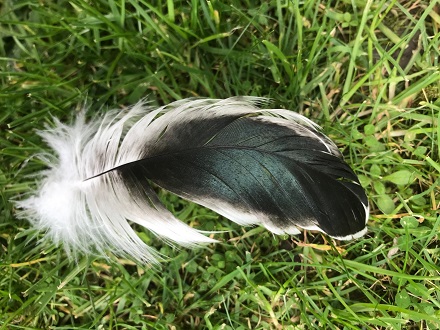
Starting with a lonely, serenading minstrel (usually a blackbird) then gathering more voices as they're roused from their slumber into a mellifluous avian aria, you don't need to go anywhere this month, to enjoy the sounds of nature at its best. Even if you stay in bed, you can tune in to the majestic cascades of the dawn chorus. Other than nest-tending and fledglings, there's so much going on in May that our wildlife sightings are set to soar. A number of other species are also flinging songs of joy and hope to the heavens and our surrounding countryside is young, lush and bountiful again, painted in both soft blossom and vibrant colours and exulting in stereophonic sound. Whilst drifting patches of feathers, predated eggshells and a vicious bloody battle between two competing woodpeckers has led to some known casualties, every living thing seems to be pulsating with life and delight. May seems to have an infectious energy of its own!
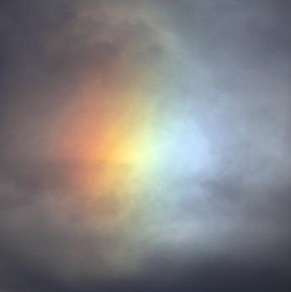
There's so much to admire around us in our village and countryside home that we don't need to look heavenward for signs of awe and wonder, but it seems we've had plenty of those recently too and if we don't look up we'll miss them. As the sun rose one morning, at the start of Holy Week, a heavenly host in the form of a beautiful rainbow cloud, shimmied its varying colours amongst a high blue sky of vapour-trail crosses, over a field full of bleating ewes and their lambs. Known as 'cloud iridescence' and caused by small water droplets or ice crystals scattering the sun's light, this angelic looking mural seemed apt for Easter and was visible from the churchyard.
As I write it's the Easter bank holiday weekend - a date centred around the first full moon of Spring known as the Paschal moon. But one of the most dramatic full moons of the year - the Super Flower Moon - will occur on 16th May, when it'll also coincide with a total lunar eclipse. Where we are in the UK, we won't be able to watch all the stages, which will give it a reddish hue, but we should be able to see its totality at around 4.30am. So, if you're planning on popping the question to your beloved, then set your alarm early (or go to bed late) as according to folklore, it's the ideal time to accept a marriage proposal!
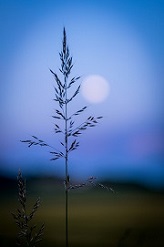

At the very start of April (1st), the snowflakes, which twirled, much like blackthorn petals, from rapture blue skies, seemed an appropriate April Fools - especially following 2 weeks of warm, balmy weather. But the strange, yellow Martian-like, light we experienced in mid- March was even weirder. Caused by concentrated particles of Saharan dust, whipped up into the atmosphere, and carried by the wind, the rich orange coating left on our windows and cars, contained a rich source of nutrients which play a vital role in nature. When it lands in our oceans, the potassium, calcium and other minerals stimulate the growth of phytoplankton, which in turn soak up huge amounts of carbon dioxide. And data taken from a NASA satellite, has revealed that huge clouds of Saharan dust replenish the Amazon rainforest with an estimated 22,000 tons of iron and phosphorous minerals each year, which, very cleverly, is about the same amount that is loses due to heavy rainfall!
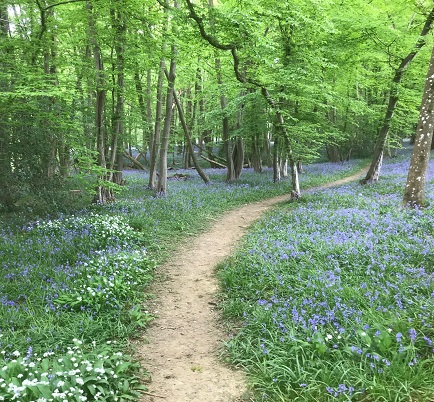
Our own cloudbursts of rain here in April seemed to cleanse and baptise our countryside and re-birth it into the vibrant, quivering colour and life which we're now enjoying. Bubbles issued from the feet of some of our woodland trees, by the Downslink, as if they were effervescing in celebration (or fairies were doing their laundry). In reality, the golden streams of warming light that had melted the diamond dust sparkles of frost frozen earth and heated up the air over the course of a couple of weeks, meant that everything had been relatively dry. Plant residues and salts can accumulate on tree bark until rain-water trickles down their trunks again, carrying and mixing it (known as stem-flow) until it forms soap-sud looking bubbles at their rooted feet. They didn't last long. After the sun came out between the showers, most of the tree-suds had gone, leaving the shiny trunks, and bright, verdant, lush green woodland leaves all now washed in bright, reflective silver.
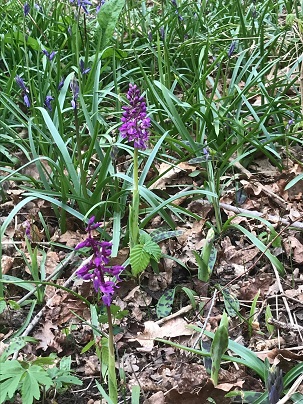
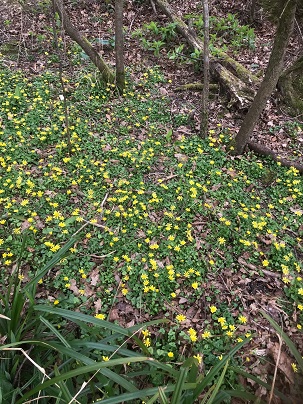
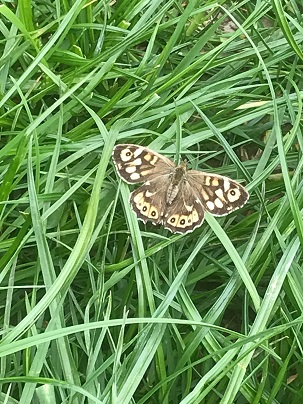
Sensationally patterned carpets sprang speedily upwards from the drinking earth - clouds of anemones with strength in their fragile petals reflecting sunshine even under clouds, dotted bright and white amongst swirls of primroses, lesser celandines, violets, early purple orchids and bluebells. These intoxicating bell-like flowers, now tall enough to reveal wending tracks of rabbits, deer and the odd badger and fox are currently at their best, ethereal and infinite as they reach into the distance, exuding cool layers of sweet, green scents that are like no other. Elsewhere, pungent earthy tangs of peppery wild garlic (late flowering this year) meet sweet, light alluring honey aromas of blossom soon to be joined by the fresh, crisp, floral scent of Lily of the Valley. One morning, as a pair of speckled wood butterflies danced upward in a shaft of woodland sunlight, my eyes rose to the canopy of new, fine-haired beach leaves which had unfurled more fully - and shaken themselves out like an umbrella responding to the rain. I was startled to see a big brown eye looking down at me and then the rather surreal figures of two Egyptian geese standing weirdly upright above, like statues on a plinth - in this case a horizontal branch. A few days later I could make out a nest in the same place, now neatly disguised by the trees reaching finery - I'll be keeping my own wide, watchful eyes firmly open.
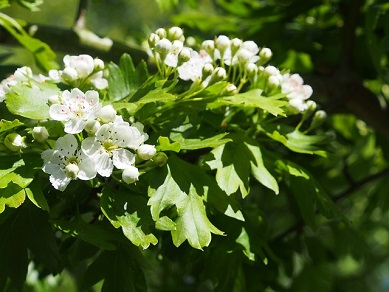
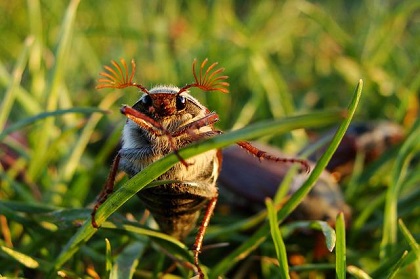
As the Hawthorn, often known as 'May blossom', starts blooming in our hedgerows, and our roadside edges become trimmed in stitchwort and dipped in a froth of cow parsley, the first dragonflies and damselflies will be flashing their colours to the sky, different species of butterfly will flutter past and Cockchafer beetles or 'May bugs' will take to their wings using their characteristic fanned antennae to 'sense' for a mate.
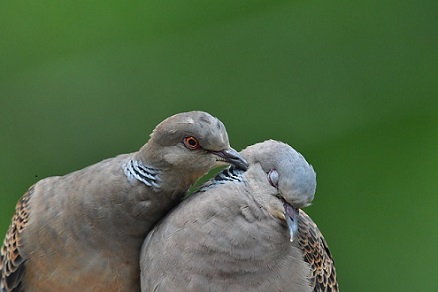
If you do gaze upwards, watch for the arrival of house martins, swifts, swallows, nightingales, willow warblers, and if we're lucky, much rarer turtle doves. May you enjoy this month's marvels and delights, with each unfolding and unexpected surprise. As William Shakespeare wrote in Hamlet, "There are more things in heaven and Earth, Horatio, Than are dreamt of in your philosophy".
Footnote: Following the anxieties I shared in nature notes last month about the safety of Storks returning to Ukraine I picked up the below on twitter:-